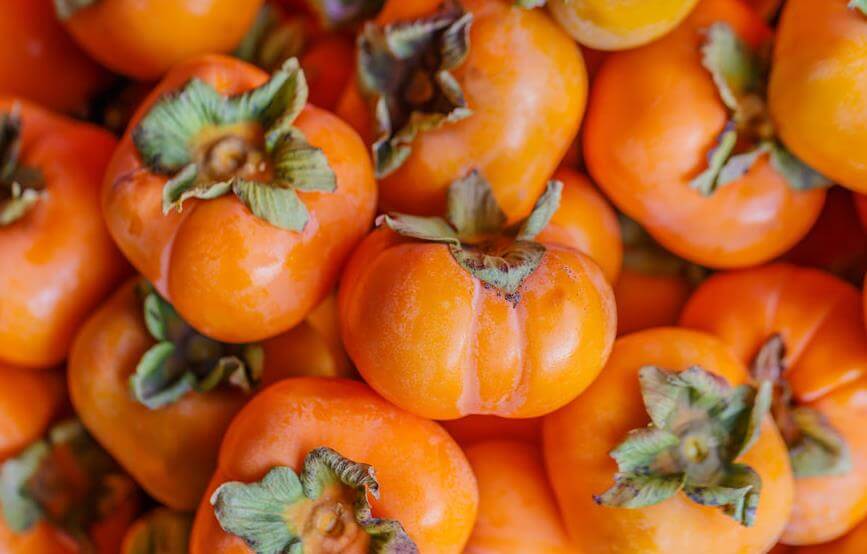Persimmons have very positive health benefits and properties, as they have many vitamins, minerals, water, and soluble fiber. Discover the amazing qualities of this autumn fruit.

The persimmon is one of those fruits exquisite that stand out not only for being one of the sweetest, but because it is a fruit rich in vitamins and both minerals. It is a typically autumnal fruit, known precisely for being a natural food characteristic of autumn, in the same way that it occurs with other similar foods, such as the wonderful figs.
For this main reason, it is a fruit that contains a large number of benefits and properties, making it a really healthy food, ideal for all types of people. As a curiosity, we can indicate in some places this fruit is known by the name of “palo de santo”, mainly because persimmons tend to ripen in November, for the “All Saints” festival.
However, it is true that for a long time before we can begin to enjoy this delicious, wonderful and exquisite fruit. In fact, as we will know before finalizing this note, it is very common to find it on the market from the end of September, especially and more especially from mid-October to December.
What is persimmon?
The persimmon is a popular fruit also known by the name lignum or equally as kaki, which belongs to the family of Ebanáceas. With regard to its characteristics, the most popular variety is characterized by a yellow or orange color, slightly dry leaves on the upper part, and an outer skin with a soft texture.
The most common is precisely the variety cultivated mainly in China, which presents the appearance widely known to all: yellow, red or orange, with equally orange pulp and juicy although slightly rough.
How many types of persimmons are there?
There are basically three varieties, whose characteristics are different:
- Chinese persimmon: D. kaki, stands out for being the most cultivated and consumed variety. In fact, it is the species that we usually find in the market during the autumn months. It weighs between 80 and 250 grams, with orange pulp and a color that ranges from yellow to orange, also passing through red.
- American persimmon: also known as Virginia persimmon (D. virginiana), its color is yellow or orange and its cultivation is not so common.
- Persimmon from Japan: D. lotus, this is a variety of persimmon cultivated today in Italy or Asia, and its appearance and texture is quite similar to Chinese persimmon.
Persimmon benefits and properties
As we summarized in a previous line, persimmons stand out because they have many vitamins (beta carotene, provitamin A, vitamin C, vitamin B1 and B2), and minerals (such as potassium).
Not to mention that it is a fruit rich in both water (ideal for fluid retention) and soluble fiber, which means that it is a good alternative for those who suffer from constipation.
However, if, on the contrary, what is suffered is diarrhea, to achieve this effect, persimmon should not be eaten ripe, since this allows it to have a greater amount of tannins and thus exerts an astringent effect.
It is also good for those who suffer from high cholesterol, since it retains the cholesterol that is in the digestive tract, helping a part of it to be eliminated through the feces. It is also very good for people who have hypertension.
Given its potassium content, those who suffer from kidney failure should choose persimmon in their daily diet, as it helps control this mineral.
It can be consumed at any time of the day, and it should be a fruit very taken into account for young people, adults, the elderly and athletes, and children in periods of growth, as well as during pregnancy.
When does the persimmon season start?
We could say that persimmon is a typically autumnal fruit, which basically means that we are dealing with a natural food whose season begins precisely when autumn begins. And when does this happen?
We can, for example, take a look at the food season calendar to discover that, indeed, the ideal time for persimmon (that is, when we will find this fruit in the market), coincides with the autumn months; that is, between the months of October, November and December.
Therefore, during these months, especially from the end of September, we can start to find the two main varieties of persimmons in the fresh fruit and vegetable markets.































